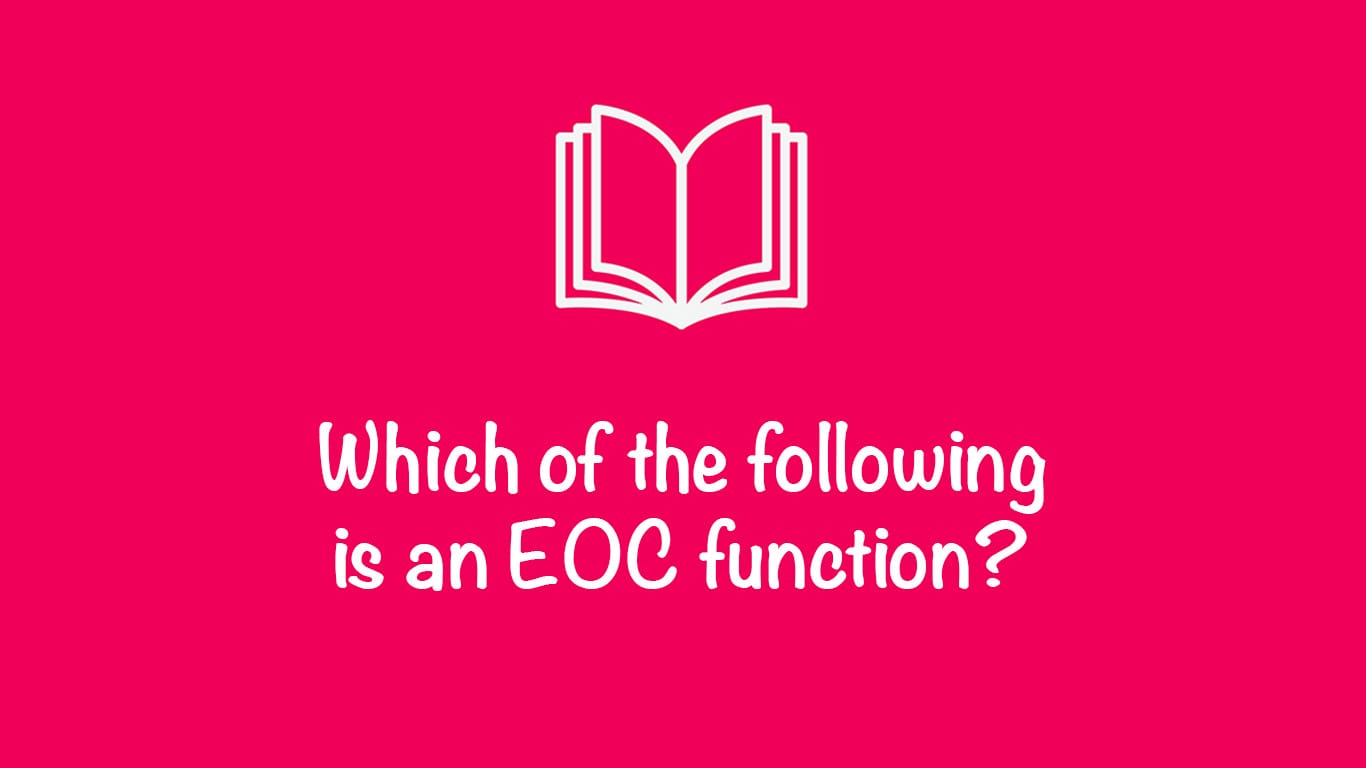This guide provides best practices for setting up your Emergency Operations Center (EOC) to effectively manage on-scene incidents. We’ll explore how aligning your EOC structure with the Incident Command System (ICS) can significantly improve communication, resource allocation, and overall response effectiveness.
Optimizing EOC-On-Scene Synergy
Effective incident management hinges on the seamless integration of the EOC with on-scene operations. This requires a well-defined EOC configuration that mirrors the on-scene organization, typically structured using the Incident Command System (ICS). This alignment ensures everyone is “speaking the same language” and working towards a common goal.
The Incident Support Model: Mirroring On-Scene Command
The Incident Support Model (ISM) creates a parallel ICS structure within the EOC, directly supporting on-scene Incident Command. This close alignment facilitates efficient communication and resource allocation, ensuring the EOC understands and responds to the needs of the field commanders effectively.
Leveraging ICS: A Common Framework
Adopting an ICS-based structure, or a similar variation, within the EOC leverages existing training and establishes a common framework for all responders. This shared understanding of roles, responsibilities, and procedures streamlines communication and reduces the likelihood of misunderstandings during critical moments.
Embracing Flexibility: Adapting to Dynamic Incidents
Emergencies are rarely static. Both ICS and EOC structures should be modular and adaptable, allowing for scaling up or down based on the evolving needs of the incident. This flexibility ensures efficient resource utilization and allows the EOC to respond effectively to changing circumstances.
Fostering Collaboration: The Power of Teamwork
Effective incident management often involves multiple agencies working together. The EOC configuration should promote interagency collaboration through shared communication platforms, standardized protocols, and joint training exercises. This collaborative approach maximizes the effectiveness of each agency’s contribution.
Leading from the Rear: The EOC Director’s Role
The EOC Director plays a crucial role in coordinating the flow of information and resources. Working closely with the Incident Commander, the EOC Director ensures timely and appropriate support for on-scene operations. This direct communication pathway is essential for a coordinated and successful response.
Exploring EOC Configurations and Alignment
Choosing the right EOC configuration is crucial for successful incident management. Let’s explore some common EOC structures and discuss their alignment with on-scene organization.
Incident Support Model (ISM): Direct Support to Incident Command
The ISM provides the closest integration with on-scene operations by mirroring the ICS structure within the EOC. This model is ideal for incidents requiring tight coordination with field operations.
ICS or ICS-like Structure: Leveraging Existing Training
Many jurisdictions opt for an EOC structure based on the standard ICS organization or a slightly modified version. This approach utilizes existing ICS training and promotes a common understanding of roles and responsibilities among responders.
Modular Organization: Flexibility and Scalability
The modular EOC structure offers flexibility and scalability, allowing for adapting to the specific needs of each incident. Functions can be organized by discipline (e.g., medical, law enforcement) or by function (e.g., operations, planning, logistics).
Choosing the Right Fit: Factors to Consider
The ideal EOC configuration depends on various factors, including:
- Incident Size and Complexity: Smaller incidents might not require the same level of EOC structure as large-scale events.
- Personnel Training and Experience: Existing ICS training suggests an ICS-based EOC structure might be most effective.
- Available Resources: More complex EOC structures demand more personnel and equipment.
- Jurisdictional Requirements: Local regulations may influence the choice of EOC configuration.
Would you like to gain some insights into where broadside collisions most commonly occur? Get all the latest information by clicking the link.
Ongoing Research and Future Directions
Ongoing research continually explores how to optimize EOC structures. Some experts suggest incorporating elements from multiple models to create hybrid approaches, potentially offering greater advantages. It’s important to stay updated on the latest developments in emergency management.
EOC Functionality and Personnel
The chosen EOC configuration directly impacts how personnel function within the EOC. A well-aligned structure ensures personnel can perform their duties efficiently and effectively.
Departmental EOC: Rapid Response for Contained Incidents
For smaller, contained incidents, a Departmental EOC structure allows personnel to leverage existing team dynamics and operational familiarity, enabling a quick response.
- Advantages: Fast activation, built-in expertise, departmental efficiency.
- Disadvantages: Limited scalability, potential for information silos.
Incident Command System (ICS): Multi-Agency Coordination
For larger, more complex incidents involving multiple agencies, the ICS model provides a standardized framework for collaboration.
- Advantages: Scalability and adaptability, standardized structure, clear roles and responsibilities.
- Disadvantages: Requires more preparation, more complex structure.
Choosing the Right EOC Configuration
Selecting the appropriate EOC structure depends on the specific incident:
- Departmental EOC: Best for small, contained incidents requiring rapid response.
- ICS: Ideal for larger, complex incidents involving multiple agencies.
Ongoing research explores hybrid models that combine elements of Departmental and ICS structures, aiming to blend speed and interoperability.
IS-2200 and EOC Alignment with On-Scene Organization
IS-2200, “Basic Emergency Operations Center Functions,” emphasizes aligning the EOC structure with on-scene incident organization, primarily through ICS.
Key Benefits of ICS Integration within the EOC:
- Familiarity: Improves understanding for ICS-trained personnel.
- Communication: Streamlines information flow between the EOC and on-scene command.
- Resource Management: Enables efficient tracking and resource deployment.
- Coordination: Facilitates unified responses among multiple agencies.
NIMS Guidance on EOC Structure
While NIMS encourages using ICS, it doesn’t mandate a specific EOC structure. EOCs can vary in their roles, from providing incident support to leading incident management efforts.
Key Points for Effective EOC Configuration:
- Incident Support Model (ISM): Closely integrates the EOC with on-scene command.
- Incident Command System (ICS): Provides a standardized framework for emergency management.
- Flexibility: Enables adapting to changing incident situations.
- Collaboration: Promotes interagency cooperation.
- EOC Director: Orchestrates information and resource flow.
- Ongoing Research: Continuously improves EOC best practices.
- Alignment is Crucial: A well-aligned EOC is essential for effective incident response.
By following these best practices and continuously adapting to evolving research, you can significantly enhance your EOC’s effectiveness in supporting on-scene incident management. Remember that flexibility and ongoing training are key to successfully navigating the complexities of emergency response.
- Red Cloud, NE: Discover Willa Cather’s Legacy - April 11, 2025
- Remember Old Social Media Sites? Their Rise and Fall - April 11, 2025
- How many days till Feb 3?Accurate Countdowns & Tools - April 11, 2025

![[History of EMS Timeline]: A Journey from Humble Beginnings to Sophisticated Healthcare history-of-ems-timeline_2](https://www.lolaapp.com/wp-content/uploads/2023/12/history-of-ems-timeline_2-150x150.jpg)














